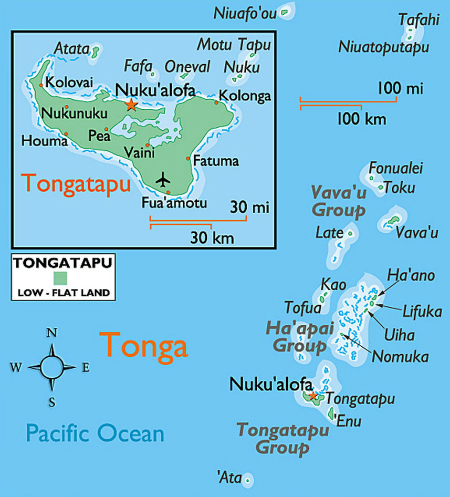-
description :
At a distance of 5.5 kilometres from the diving centre and at a depth of three metres, we discovered a veritable coral garden where reef fish were evolving. This was supposed to be the place to meet sharks, and indeed we came across five of them, both white tips and black tips. Nevertheless, the underwater fauna remains relatively sparse. The maximum depth of the site is 25 metres.
-
description :
Two pinnacles, immersed at a depth of just 5 metres and close together, stand before us. They are adorned with magnificent hard corals. In places, you can spot schools of juvenile fish. We were also lucky enough to spot a few tuna and a school of jacks, as well as a scorpionfish. Between these two pinnacles, carpets of hard coral form real underwater works of art.
-
description :
We explored two large caves with entrances 15 metres below the surface. The ends of these caves open out into small caverns where schools of tiny juveniles swim around. Inside the caves, the water is relatively cold, around 20 degrees Celsius. We left the second cave through a narrow tunnel about 5 metres long, leading to a stony floor where we discovered a few nudibranchs. The final section, between 8 metres down and the surface, offers a richer palette of colours and is home to a relatively abundant marine fauna.
-
description :
Two fissures emerge, one running north-south, the other south-north. In places, these fissures reveal narrow tunnels that you cross in semi-darkness. A torch is invaluable! The terrain is varied, and the coral reefs are healthy and abundant. However, the presence of fish is rather modest.
-
description :
A strong current complicated our approach to the site. The dive starts at around 30 metres and gradually ascends along a sloping wall to a depth of 5 metres. Once again, the marine life is discreet, with scattered and varied corals.
-
description :
During a drift in a gentle current, we pass along a wall, sometimes vertical, sometimes gently sloping, sometimes reaching depths of over 60 metres. The wall is sparsely coloured, with the occasional hard coral and gorgonian. Between 30 and 10 metres down, the reef fauna is virtually non-existent. However, above this zone, we were lucky enough to spot a white-tip shark and three large groupers.
-
description :
Two cracks, the first north-south and the second south-north. In some places these cracks take the form of narrow tunnels, which we cross in relative darkness. A lamp-torch is more than useful! The relief is varied and the corals are healthy and plentiful. Very few fish.
-
description :
At 5.5 km from the diving center and at a depth of three meters, you'll discover a veritable coral garden with reef fish. This is the site where we were supposed to encounter sharks. In fact, we encountered five of them, white tips and black tips. Relatively few reef fish. Maximum depth: 25 meters.
-
description :
A strong current made approaching the site difficult. The dive starts at around 30 meters and ascends along a gently sloping wall at 5 meters. Very few fish. Scattered and varied corals.
-
description :
Two rocky peaks immersed at 5 meters and close to each other. They are covered with beautiful hard corals. From time to time, we come across a few schools of juveniles. We saw a few tuna and a school of jacks between the two rocky peaks. In some spots, hard corals are so numerous that the are forming carpets. We saw a scorpionfish.
-
description :
Drift dive in a weak current. We skirt a wall, sometimes vertical, sometimes gently sloping to over 60 metres. The wall itself is not very colorful, with a few hard corals and the occasional gorgonian. Virtually no reef fish between 30 and 10 meters. Fauna not very abundant above. We saw a white-tip shark and three large napoleons.
-
description :
Two large caves at a depth of 15 meters. The end of these caves terminates in a small cavern with schools of tiny juveniles. Inside the caves, the water is relatively cold (20 degrees). We exit the second cave through a very narrow tunnel about 5 meters long, ending up on a rocky floor on which we discover a few nudibranchs. The final section, between 8 meters and the surface, is the most colorful and relatively rich in reef fish.



















